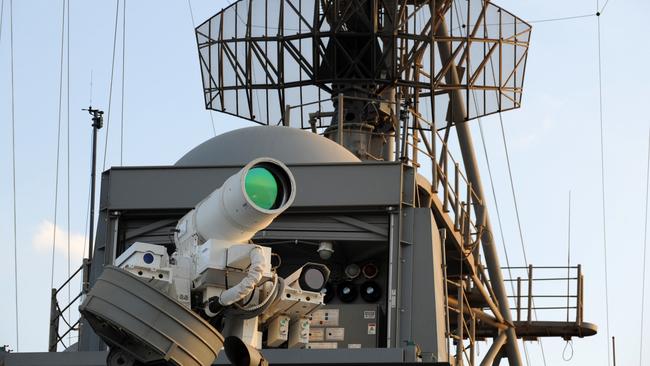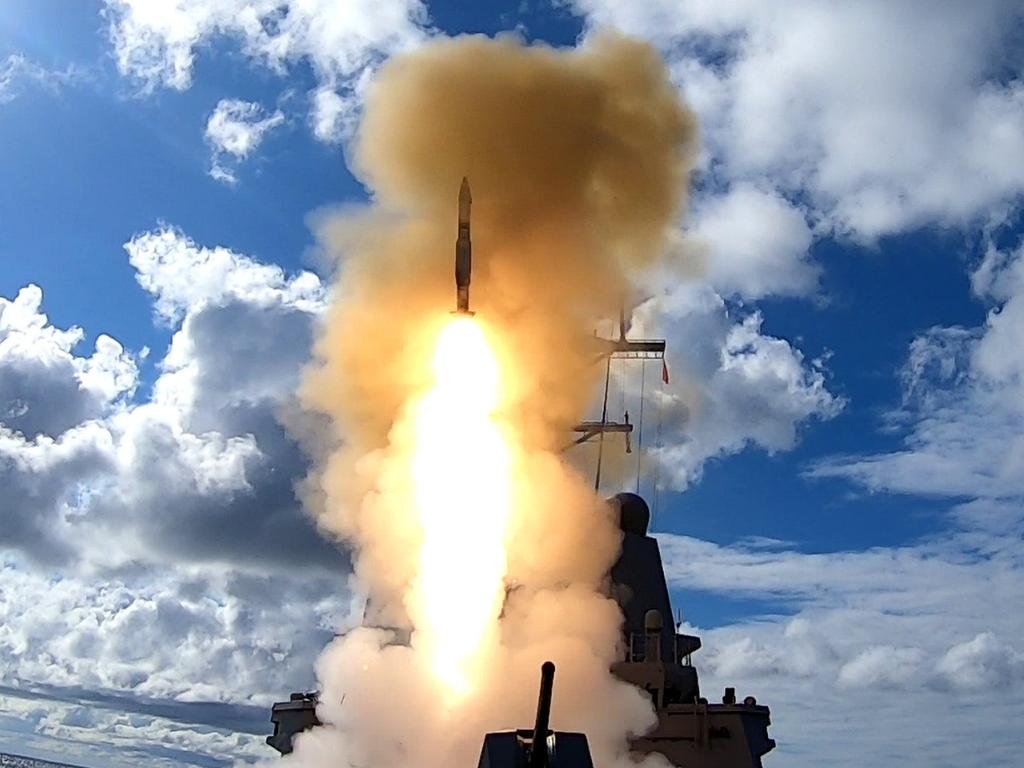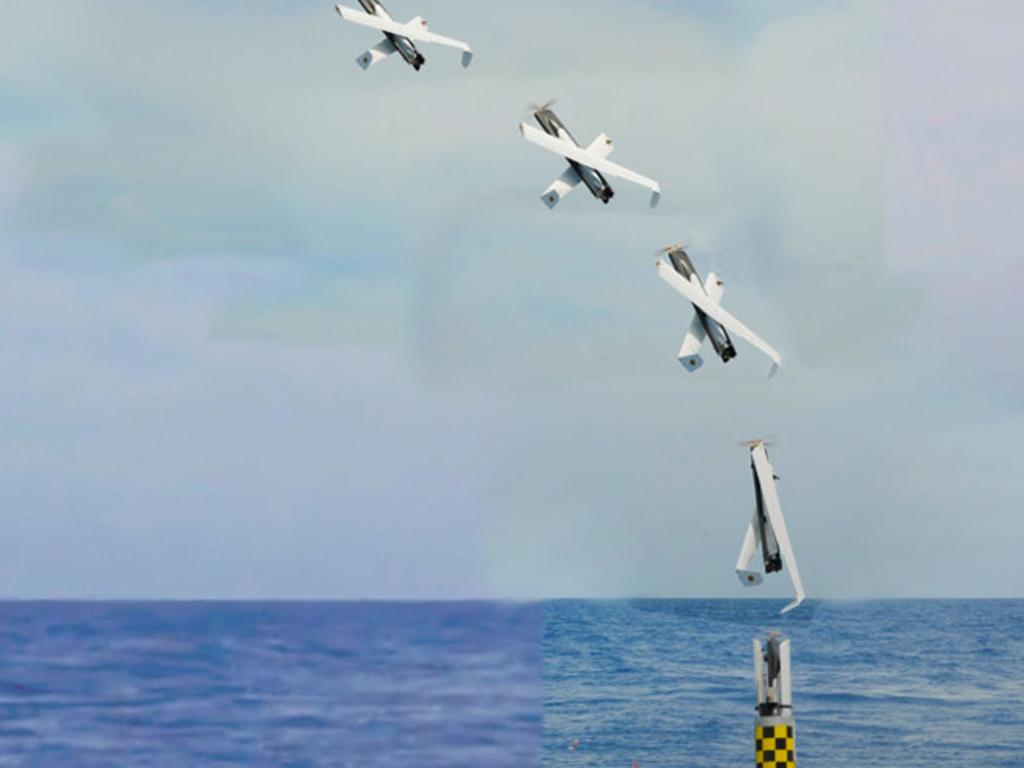In naval warfare, just zapping attacking missiles can be cheap and effective

The survivability of our naval surface combatants against such threats will firstly depend on our ability to deny the adversary an effective kill chain from sensor to shooter, and secondly, to effectively defend against any attack by high-speed, long-range anti-ship weapons.
Speed and knowledge therefore matter a great deal. Our ability to understand the maritime battlespace is well developed, through advanced sensors such as the Ceafar2 radar system being installed on the Hunter-class Future Frigate, which will use the Aegis combat system, and the SAAB interface system for crew.
Our ability to ‘‘see deep’’ can be further enhanced through off-board sensors, whether they are a Wedgetail aircraft, or forward deployed sensors on survivable long-range unmanned aerial vehicles. The networked approach lies at the heart of our thinking on naval warfare.
Speed though, can go much further, particularly with the deployment of directed energy weapons (DEW) such as solid-state laser and high-power microwave weapons to sea. This technology is in its earliest stages, with both the US Navy and China’s PLA Navy moving towards deploying an operational solid-state laser on their naval surface combatants in coming years.
The US has already tested the 20-kilowatt XN-1 Laser Weapons System (LaWS) on the amphibious-transport dock ship USS Ponce, and is set to deploy the more advanced and powerful 60-kilowatt HELIOS on the Arleigh Burke-class destroyer, USS Preble, in 2021. This will be designed to counter small surface craft and unmanned aerial systems (UASs).
It will also act as a sensor to designate targets for other shipboard weapons with greater precision, and is an interim step towards a more powerful 150-kilowatt laser that can shoot down cruise missiles, and thus replace the traditional Phalanx close-in weapon system (CIWS).
China is also testing shipboard laser weapons, as well as electromagnetic railgun technologies. The Chinese laser system closely matches the design and capability of the XN1 LaWS.
It seems likely that both the US and China will compete to develop and deploy more powerful (and thus more operationally usable) laser weapons at sea, initially to defend against small surface craft and UAS, but ultimately as a high-speed defence against cruise missiles.
High-power microwave weapons (HPM) — also known as radio-frequency weapons — add to this capability, given their potential for scalable effect, from non-lethal to disruptive, against swarming attacks by small craft, or to disrupt the electronics on UAVs.
The key advantage of DEW is that it offers deep magazines, very low cost per shot compared with guided weapons, and the ultimate speed advantage. DEW operates at the speed of light (about 300,000km/s), compared with even the fastest hypersonic missiles that still are approaching only at many thousands of kilometres per hour.
DEW is a key weapon of the future naval battlespace, and Australia must factor it into future capability planning.
Dr Malcolm Davis is senior analyst at the Australian Strategic Policy Institute focusing on defence strategy and capability issues.






The future of war at sea will increasingly be dominated by long-range, high-speed anti-ship weapons, both cruise and anti-ship ballistic-missile systems, and hypersonic weapons are on the horizon, too.